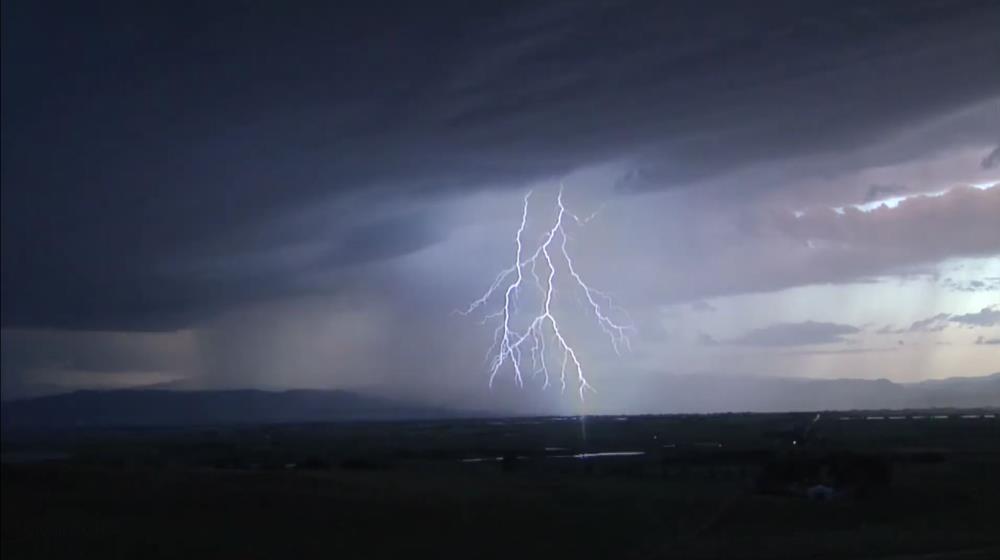
Related items loading ...
Section 1: Publication
Publication Type
Journal Article
Authorship
Asong, Z. E., Wheater, H. S., Bonsal, B., Razavi, S., & Kurkute, S.
Title
Historical drought patterns over Canada and their relation to teleconnections
Year
2018
Publication Outlet
Hydrology and Earth System Sciences, 22(6), 3105-3124
DOI
ISBN
ISSN
Citation
Asong, Z. E., Wheater, H. S., Bonsal, B., Razavi, S., & Kurkute, S., (2018), Historical drought patterns over Canada and their relation to teleconnections, Hydrology and Earth System Sciences, 22(6), 3105-3124.
https://doi.org/10.5194/hess-22-3105-2018
Abstract
Drought is a recurring extreme climate event and among the most costly natural disasters in the world. This is particularly true over Canada, where drought is both a frequent and damaging phenomenon with impacts on regional water resources, agriculture, industry, aquatic ecosystems, and health. However, nationwide drought assessments are currently lacking and impacted by limited ground-based observations. This study provides a comprehensive analysis of historical droughts over the whole of Canada, including the role of large-scale teleconnections. Drought events are characterized by the Standardized Precipitation Evapotranspiration Index (SPEI) over various temporal scales (1, 3, 6, and 12 consecutive months, 6 months from April to September, and 12 months from October to September) applied to different gridded monthly data sets for the period 1950–2013. The Mann–Kendall test, rotated empirical orthogonal function, continuous wavelet transform, and wavelet coherence analyses are used, respectively, to investigate the trend, spatio-temporal patterns, periodicity, and teleconnectivity of drought events. Results indicate that southern (northern) parts of the country experienced significant trends towards drier (wetter) conditions although substantial variability exists. Two spatially well-defined regions with different temporal evolution of droughts were identified – the Canadian Prairies and northern central Canada. The analyses also revealed the presence of a dominant periodicity of between 8 and 32 months in the Prairie region and between 8 and 40 months in the northern central region. These cycles of low-frequency variability are found to be associated principally with the Pacific–North American (PNA) and Multivariate El Niño/Southern Oscillation Index (MEI) relative to other considered large-scale climate indices. This study is the first of its kind to identify dominant periodicities in drought variability over the whole of Canada in terms of when the drought events occur, their duration, and how often they occur.
Plain Language Summary
Canada is very susceptible to recurrent droughts, which have damaging impacts on regional water resources and agriculture. However, nationwide drought assessments are currently lacking and impacted by limited ground-based observations. We delineate two major drought regions (Prairies and northern central) over Canada and link drought characteristics to external factors of climate variability. This study helps to determine when the drought events occur, their duration, and how often they occur.


 GWFNet
GWFNet Master
Master Research
Research Map
Map
 Advanced
Advanced . . .
. . .

 Metadata Editor
Metadata Editor
 Record List
Record List
 Alias List Editor
Alias List Editor
 Legacy sites
Legacy sites